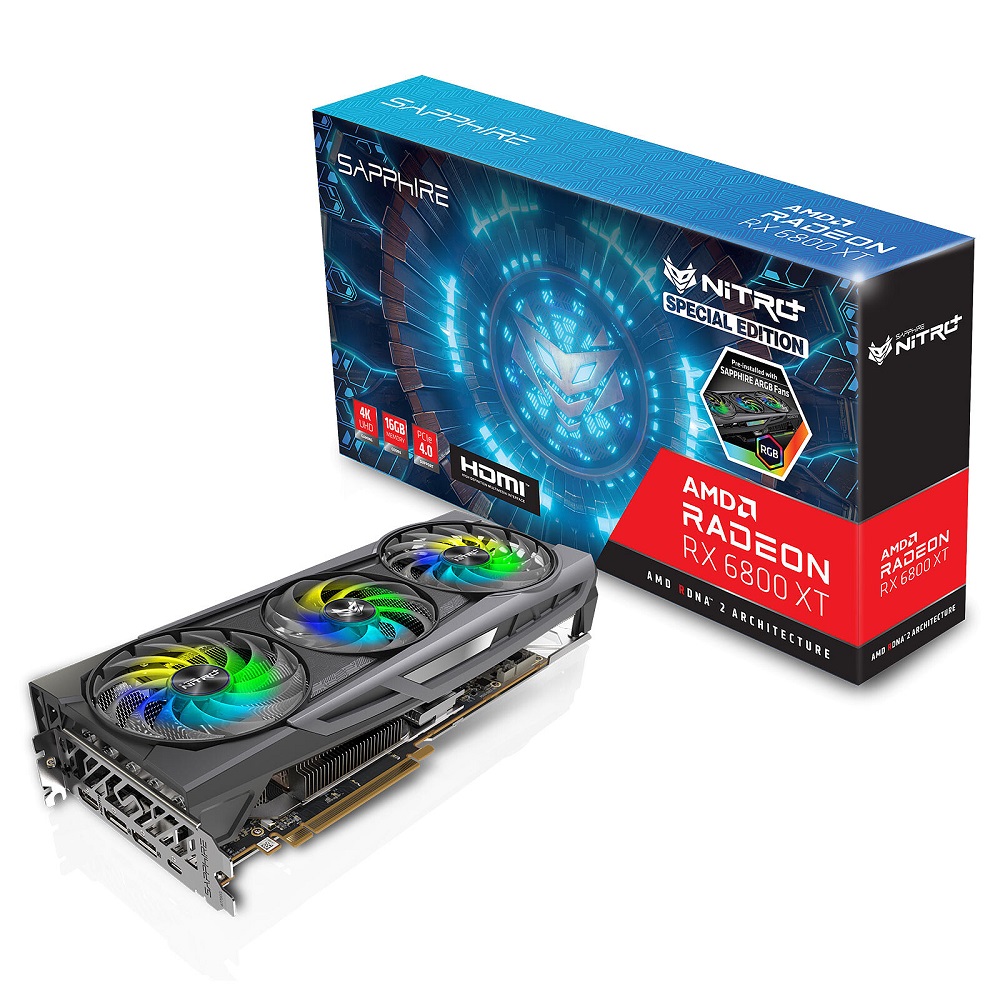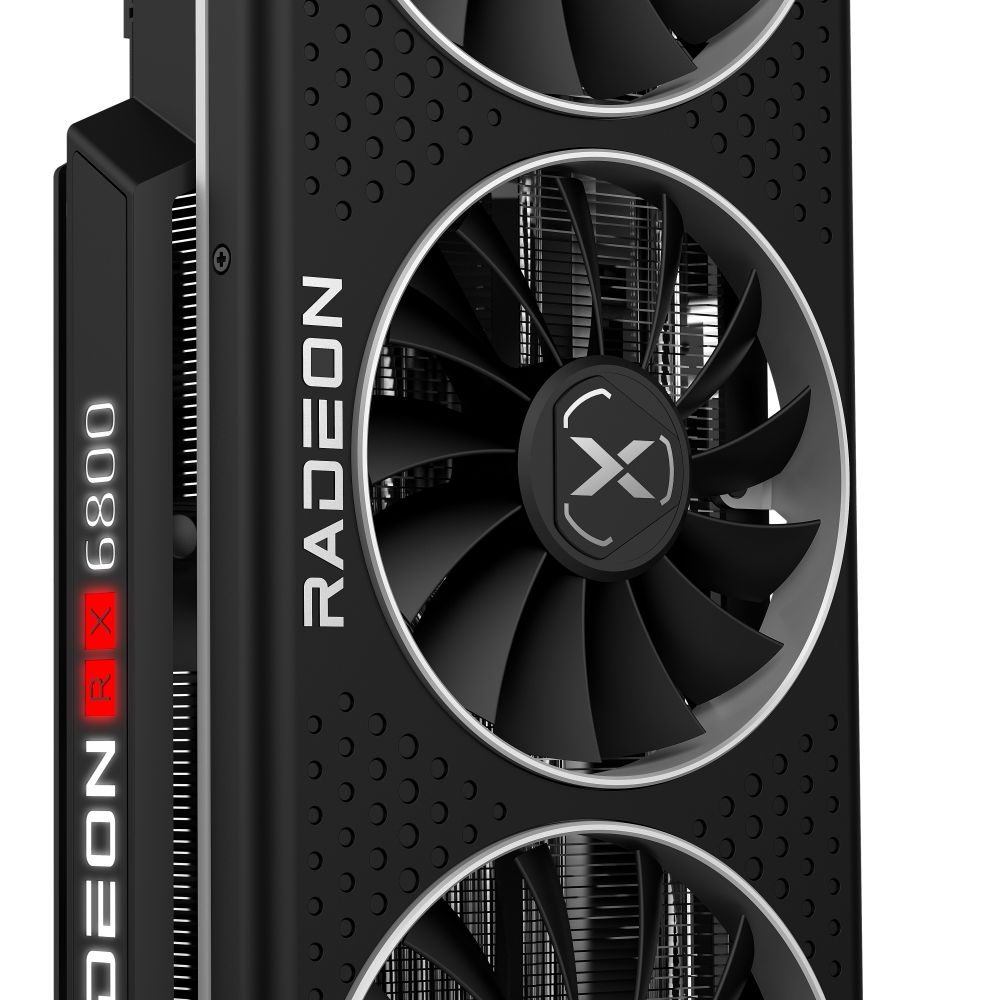Introduction to PS5’s Hardware
When the PlayStation 5 hit the market, it brought with it a host of advanced technological features. What graphics card does a PS5 have? At its core, the PS5 is powered by a custom AMD chip that marries a powerful CPU with a top-tier GPU, setting a high bar for console performance. This combination of hardware allows the PS5 to support high-fidelity games with stunning graphics and lightning-fast loading times.
For many gamers, the inquiry of ‘what graphics card does a PS5 have’ might arise, especially when weighing the console against a gaming PC. It’s essential to recognize that the PS5’s GPU is based on AMD’s RDNA 2 microarchitecture, which is also found in some of the latest PC graphics cards.
The significance of understanding the PS5’s hardware components cannot be overstated. It helps in gauging the console’s capabilities and comparing them to personal computers, enabling users to make educated decisions based on their gaming needs. Whether you’re searching for an effortless plug-and-play gaming experience or a customizable PC setup, acknowledging what’s under the PS5’s hood will guide you in the right direction.

Exploring the PS5’s GPU Capabilities
The PlayStation 5’s graphical prowess hinges on its custom AMD GPU. This powerhouse is rooted in AMD’s acclaimed RDNA 2 microarchitecture. RDNA 2 is the birthplace of modern PC graphics, bringing the PS5 close to today’s gaming PCs. The PS5 GPU boasts an array of features that secure its place in high-performance gaming. It supports ray tracing, a technique that shapes ultra-realistic lighting in games. Additionally, it handles up to 4K resolution at a smooth 120Hz. For even higher display quality, it pushes 8K at 60Hz via the HDMI 2.1 connection.
The GPU’s operation is at a swift 2,233 MHz, paired with efficient power consumption. Remarkably, it wields 16GB of GDDR6 VRAM for demanding software. The PS5’s custom chip integrates the GPU with shared system RAM. The GPU also aids in rapid load times alongside the PS5’s bespoke SSD.
Crafted with a 7nm process, this GPU mirrors some of the newest PC graphics cards. The synergy of GPU and CPU within the PS5 provides a robust foundation for gaming. For advanced gamers, understanding these capabilities is pivotal. It shapes a clear picture of how the PS5 stands up to gaming PCs. In essence, the PS5 GPU ensures that Sony’s console is a gaming force to be reckoned with.
PC Graphics Cards Comparable to the PS5
For avid gamers and tech enthusiasts, understanding PS5’s graphics performance is key. Many want to know which PC graphics cards offer a similar experience. We have done the research and can now reveal our findings.
AMD Radeon RX 6800
The AMD Radeon RX 6800 stands out. This card offers 16GB GDDR6 VRAM, much like the PS5. It runs on RDNA 2 architecture, mirroring the PS5’s GPU capabilities. Ideal for 4K gaming, it’s a top choice for PC gamers.
NVIDIA GeForce RTX 2070
Another notable card is the NVIDIA GeForce RTX 2070. It provides smooth gameplay at 1080p and 1440p resolutions. Although a bit older, it still competes well with the PS5’s graphical output.
NVIDIA RTX 4060 Ti / AMD Radeon RX 7700 XT
For those seeking performance closer to the PS5, the RTX 4060 Ti or RX 7700 XT are solid contenders. Both excel in 1440p gaming, offering a comparable experience to the PS5 console.
Gaining insight into these GPUs helps gauge what the PS5 packs in terms of graphical power. Whether you’re building a PC or choosing a console, this knowledge is vital. Understanding these comparisons ensures that gamers can select the best platform for their gaming adventures.

Detailed Comparison: PS5 GPU vs PC GPUs
When exploring graphics cards parallels, the PS5’s GPU stands its ground. It competes with some noteworthy PC GPUs in the market. The secret lies in the custom AMD silicon that powers the PS5, analogous to high-performing PC graphics cards.
AMD Radeon RX 6800
The AMD Radeon RX 6800 is a close match to the PS5’s GPU. Both harness the RDNA 2 architecture, offering similar compute units and stream processors. With 16GB GDDR6 VRAM and a 256-bit memory bandwidth, gaming at 4K resolution is feasible on both.
NVIDIA GeForce RTX 2070
Looking into older GPUs, the RTX 2070 by NVIDIA still holds a strong position. Its 8GB GDDR6 VRAM and 256-bit memory interface manage good frame rates at 1080p and 1440p, much like the PS5 in similar conditions.
NVIDIA RTX 4060 Ti / AMD Radeon RX 7700 XT
The NVIDIA RTX 4060 Ti and AMD Radeon RX 7700 XT push the envelope further. They offer excellent 1440p gameplay and also dip into 4K territory. Their performance mirrors the PS5’s capabilities in many modern games, giving a smooth gaming experience.
This detailed comparison showcases how close some PC GPUs come to the PS5’s graphic outputs. Choosing between console and PC gaming often depends on specifics. Whether it’s the plug-and-play ease of a console or the tailored performance of a PC, the right choice varies for each gamer.
Potential Upgrade: The PS5 Pro’s Graphics Enhancements
With the introduction of the PS5 Pro, gamers witness notable graphics boosts. Sony’s mid-generation refresh showcases a stronger GPU. This means richer, more detailed visuals at high resolutions.
Enhanced Compute Units and Performance
The PS5 Pro boasts 67% more Compute Units (CUs) compared to its predecessor. Simply put, this upgrade offers better game performance, especially in 4K.
Improved Ray Tracing Capabilities
Ray tracing creates lifelike lighting in games. The PS5 Pro features advanced ray tracing hardware, lifting visual realism to new heights.
Increased Memory Bandwidth
Faster memory means smoother gaming. The PS5 Pro’s memory speeds are 28% quicker, enhancing overall performance.
Introduction of PSSR Technology
The new PlayStation Spacial Super Resolution (PSSR) technology uses AI. It sharpens images, making games look clearer without a huge hit to performance.
These upgrades suggest the PS5 Pro is a worthy consideration for gamers. It’s designed to match the needs of the latest graphically demanding games. For those contemplating a move from the PS5 or building a new PC, the PS5 Pro’s improvements are significant. Better visuals, higher resolutions, and innovative technologies make it an attractive option in the gaming landscape.

Gaming Performance: PS5 vs High-End PC GPUs
When exploring how the PS5 stacks up against high-end PC GPUs, there are several factors to consider. First, the PS5’s custom AMD GPU is robust, with 16GB of GDDR6 VRAM and a performance that rivals many high-end PC GPUs.
Key Performance Factors
- Compute Power: The PS5 is equipped with a GPU that delivers strong performance at 4K resolutions. While not a PC GPU, comparisons with similar PC graphics cards show that it can hold its own, especially in games optimized for its architecture.
- Ray Tracing: Enhanced by its ability to support ray tracing, the PS5 brings lifelike lighting and shadows to games, offering a level of realism that is comparable to the Nvidia GeForce RTX 30 series and the Radeon RX 6000 series high-end PC GPUs.
Gaming at Higher Resolutions
When gaming at resolutions like 4K, the PS5 performs impressively. However, high-end GPUs such as the RTX 3080 or the Radeon RX 6800 may offer more consistent performance due to their higher computational power and better cooling solutions.
- Framerates and Smoothness: At 4K, both the PS5 and high-end PC GPUs maintain smooth gameplay. The difference often comes down to game optimization and the advantages of PC GPUs in specific titles.
- 4K at 120Hz: High-end PC GPUs can handle 4K gaming at 120Hz with more consistent framerates compared to the PS5. This is particularly important for gamers seeking the utmost performance and detail.
Conclusion
While the PS5 competes ably with many high-end PC GPUs, those needing the highest graphics performance might still favor customized PC setups. Importantly, the choice between a PS5 and a PC might depend on the type of games played and the desired graphical fidelity.
Future-Proofing: Is the PS5’s GPU Still Relevant?
With gaming tech moving fast, is the PS5’s GPU keeping up? As console lifecycles go, the PS5 is still new. Its GPU, based on AMD’s RDNA 2, was cutting-edge at launch. Now, though, we see more advanced tech, like AMD’s RDNA 3 and Nvidia’s RTX 40 series.
Even so, the PS5 GPU has strengths. It runs games at 4K and supports ray tracing, a big deal for a console. It can push 8K at 60Hz, future-proof for now. Its 16GB of GDDR6 VRAM is hefty and it has a rapid 2,233 MHz operation speed. Games load fast thanks to a custom SSD working with the GPU.
PC GPUs, however, evolve quicker. They offer more power and features often. Gamers seeking the top end might lean towards PCs. But, for most, the PS5’s GPU still does the job well. It delivers high-fidelity gaming without a complex setup.
In conclusion, the PS5’s GPU remains relevant. It provides a high-quality, steady gaming experience. For those who want ease and don’t need the latest tech, it’s a solid choice. As of now, the PS5 and its GPU continue to serve gamers reliably.
Concluding Thoughts on PS5’s GPU and Market Alternatives
After delving into the intricate details of the PS5’s GPU, we can draw some clear conclusions. Sony’s powerhouse console packs a punch with its custom RDNA 2 architecture-based GPU. It serves up 4K gaming with ray tracing, setting a high standard for consoles.
But how does it stand against PC equivalents? Here’s a quick recap:
- AMD Radeon RX 6800: Matches the PS5 in specs, delivering similar 4K gaming prowess.
- NVIDIA GeForce RTX 2070: Offers strong performance at lower resolutions; a worthy older alternative.
- NVIDIA RTX 4060 Ti / AMD Radeon RX 7700 XT: Provides a gaming experience close to the PS5, excelling at 1440p.
For those wondering about the PS5 Pro, it’s a step up in graphical finesse. It swings a more robust GPU, enriched by upgraded ray tracing tech and AI-powered upscaling.
Ultimately, the PS5’s GPU holds its own, even as PC tech advances rapidly. Gamers not fixated on owning the latest PC hardware will find the PS5 a competent gaming partner. It blends performance with the convenience of a console.
Whether the PS5’s GPU or a PC card suits you best depends on your gaming style and needs. Do you prioritize ease of use and cost? Or do you seek the cutting edge, regardless of complexity and expense? The PS5 brings solid gaming to the table, but PCs offer customization and potentially higher-end performance.
In summary, the PS5’s GPU remains competitive and relevant. It’s a testament to Sony’s forward-thinking in gaming hardware.
